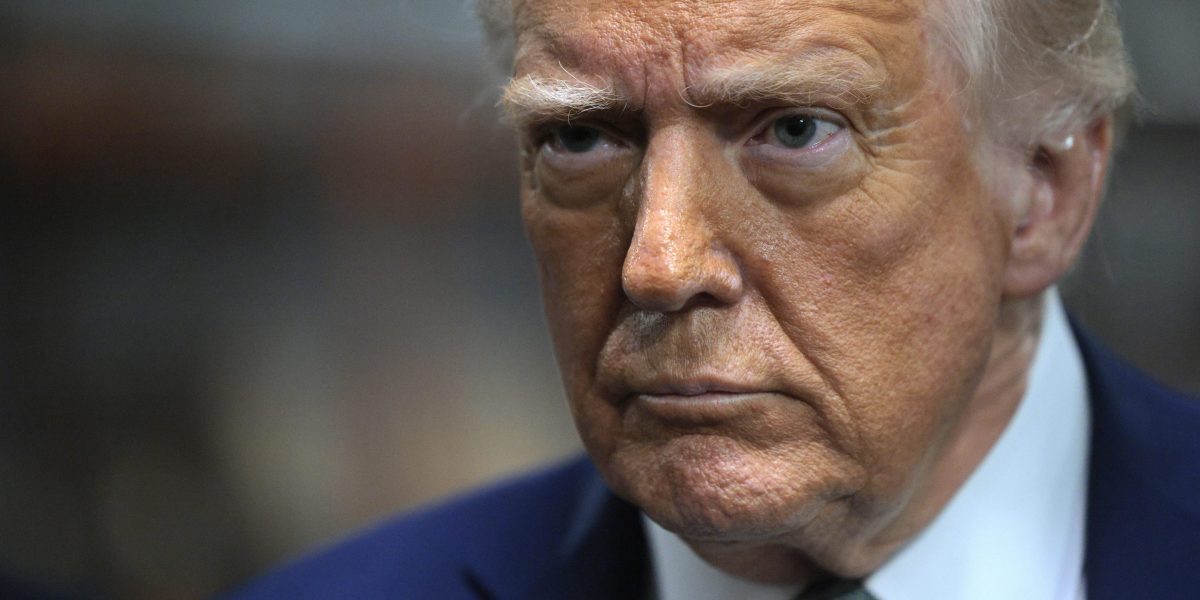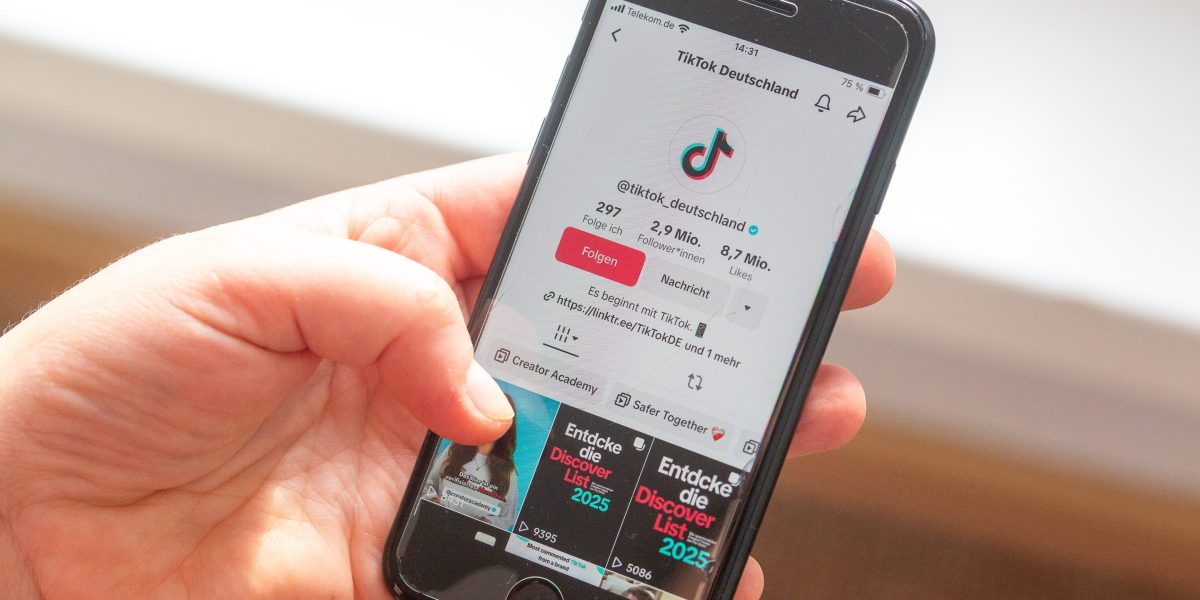Circle Internet Financial, a leading U.S. crypto firm that issues the stablecoin USD Coin, filed long-anticipated paperwork for an initial public offering on Tuesday. The 225-page financial disclosure includes previously unreported insights into one of the world’s largest crypto firms, illustrating Circle’s outsized presence in the booming stablecoin space, as well as the risk factors that might give investors pause ahead of an IPO.
Founded in 2013, Circle has attempted to go public before, resulting in a failed SPAC agreement in 2022 that cost the company over $44 million in costs, according to the S-1 filing. But with the crypto industry ascendant in the U.S. thanks to the support of President Donald Trump, Circle is hoping that the second time is the charm—and boasts over $1.6 billion in revenue in 2024 to attract would-be investors.
Although the document does not lay out a timeline for Circle’s public offering plans, companies’ shares typically begin trading within weeks of filing their S-1. Fortune previously reported that the fintech—which plans to trade under the ticker CRCL—is working with investment banks JP Morgan Chase and Citi on the IPO. Here are some key takeaways from the S-1 filing:
Circle is growing—but its income depends entirely on stablecoin reserves
When Jeremy Allaire and Sean Neville cofounded Circle during the early days of the blockchain industry, they intended the company to disrupt the payments space, launching different products, including a crypto exchange and Venmo-type service. Around 2018, the firm began to focus entirely on stablecoins, a type of cryptocurrency that is pegged to an underlying asset, such as the U.S. dollar or a commodity like gold or oil.
Circle’s stablecoin USDC exploded in popularity during the last crypto bull market, rising from a market capitalization of under $1 billion in 2020 to over $50 billion in 2022. Because USDC is backed by dollar-like assets such as U.S. treasuries, Circle earns a hefty return on the interest generated by its reserves, keeping the revenue rather than passing it on to USDC holders. Those returns still represent the vast majority of Circle’s revenue. According to the S-1, over 99% of Circle’s $1.68 billion in revenue from 2024 came from reserve income, with just $15 million coming from other sources.
That means that Circle is highly dependent on a single source of revenue—and one that is dependent on government-set interest rates. In the S-1, Circle estimated that just a 1% decrease in interest rates could result in a $441 million decrease in its stablecoin reserve income. However, Circle argued that a decrease in interest rates could result in a rise in USDC in circulation as investors turn to different financial strategies. “Any relationship between interest rates and USDC in circulation is complex, highly uncertain, and unproven,” reads the filing.
Circle is paying Coinbase and Binance to boost USDC adoption
Circle originally envisioned USDC as a partnership between different crypto firms and traditional financial institutions, creating a consortium called Centre that would help govern and issue the stablecoin. But Centre only have had one other participant—the leading crypto exchange Coinbase. Circle and Coinbase shuttered Centre in 2023, though they remain partners on USDC.
New disclosures from the S-1 reveal how the partnership shifted in 2023, with Coinbase taking a minority equity stake in Circle. Before the new agreement, Circle and Coinbase shared revenue generated from USDC reserves based on the amount distributed and held by each company. But under the new terms, the payments are more evenly split based on the total reserve income, though it is still divided by how much is held by each company’s wallets and custodial products.
Last December, Circle also announced a partnership with the top crypto exchange Binance to promote the adoption of USDC and hold the stablecoin as part the company’s treasury. According to the S-1, Circle paid Binance a one-time fee of $60.25 million for the partnership, as well as agreeing to pay a monthly fee representing a percentage of USDC held on Binance and its treasury.
Circle is feeling the heat from competition
While USDC’s market cap has exploded over the past year, doubling from around $30 billion to $60 billion, it is facing a crowded marketplace. Along with its main rival—the offshore Tether, which boasts a market cap of over $140 billion—Circle lists a number of other competitors in its S-1. That includes PayPal, which launched its own stablecoin in 2023, and banking giants like J.P. Morgan that are exploring the blockchain space.
Still, Circle sees bullish conditions ahead, including the passage of stablecoin legislation in the U.S. After the Senate Banking Committee advanced a bill in March, the House is expected to vote on its version this week, with Circle ready to benefit from more regulatory certainty. That could only invite more players into the space, however.
Circle’s venture capitalists are poised to cash in
Allaire, CFO Jeremy Fox-Geen, and more than ten other executives stand to reap millions from Circle’s forthcoming IPO. But the real winners are the investors in Circle who hold 5% or more in the company’s stock. Those include the venture capital firm General Catalyst, which owns the most shares among the biggest corporate holders. IDG Capital, a Beijing-based venture firm, is not far behind. Other big VCs set to cash in on the Circle IPO are Breyer Capital, Accel, and Oak Investment Partners. Fidelity, the investment bank that has dipped its toes more and more into crypto, is also a big owner.
Collectively, Circle’s biggest investors hold more than 130 million shares in the stablecoin giant. The initial filing did not include details about how much money Circle is targeting to raise through its IPO, though sources say the IPO aims for a valuation of $4 to $5 billion.
It pays to work at Circle
Circle’s executives make a pretty penny. Allaire, unsurprisingly, is the most well-compensated and has a total compensation package of more than $12 million. That’s $900,000 in base salary, $9 million in stock awards, plus another $2 million in other benefits.
Jeremy Fox-Geen, the CFO, is the second-most compensated exec and has a take-home pay of $5.2 million. That’s $500,000 in base pay, $4 million in stock awards, and another $700,000 in other benefits. Rounding out the top executives are Chief Strategic Engagement Officer Elisabeth Carpenter, President and Chief Legal Officer Heath Tarbert, and Chief Product and Technology Officer Nikhil Chandhok. All of them make in the range of $4 to $5 million, according to the SEC filing.
This story was originally featured on Fortune.com
Source link

 Entertainment8 years ago
Entertainment8 years ago
 Politics8 years ago
Politics8 years ago
 Entertainment8 years ago
Entertainment8 years ago
 Entertainment8 years ago
Entertainment8 years ago
 Tech8 years ago
Tech8 years ago
 Tech8 years ago
Tech8 years ago
 Tech8 years ago
Tech8 years ago
 Politics8 years ago
Politics8 years ago







